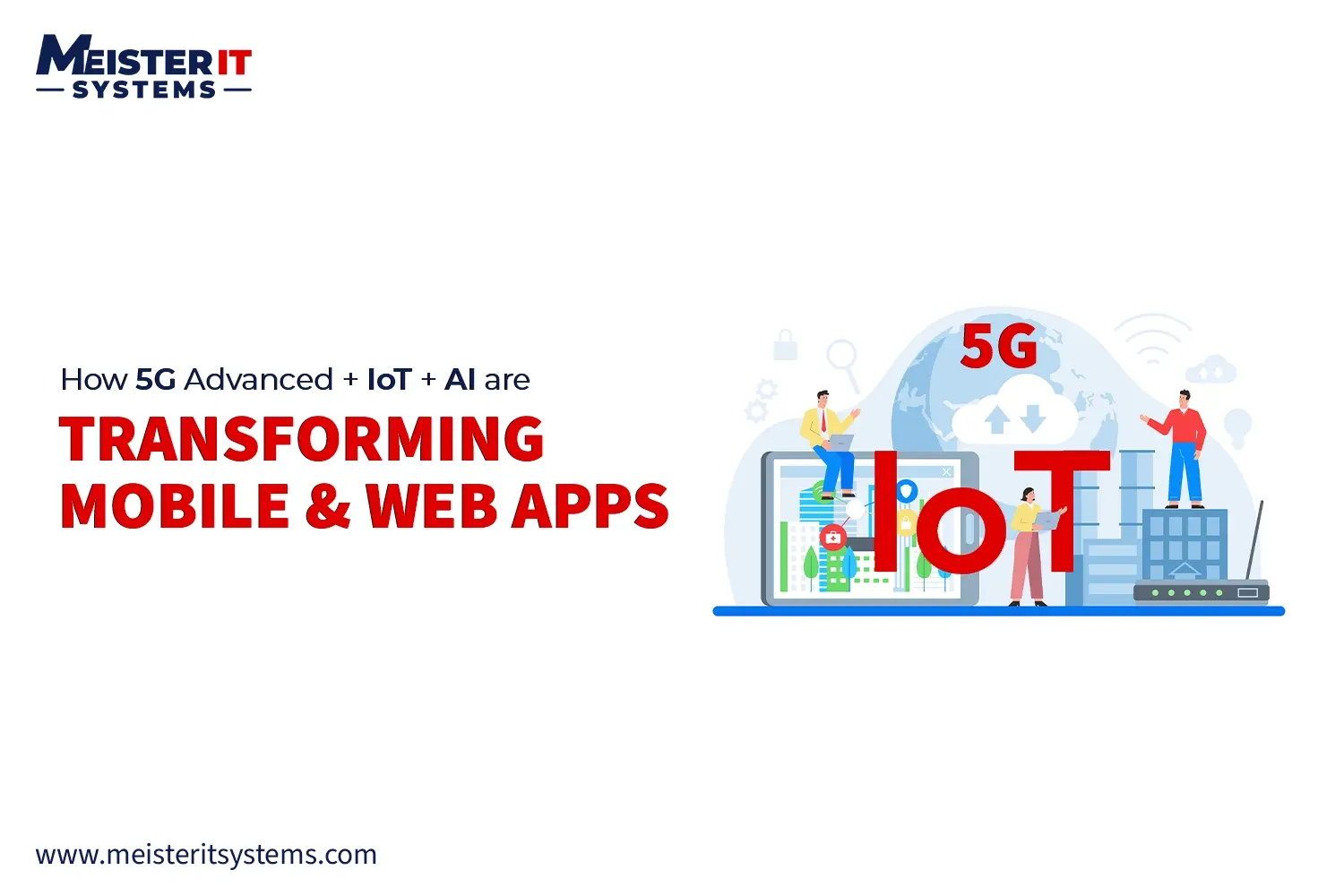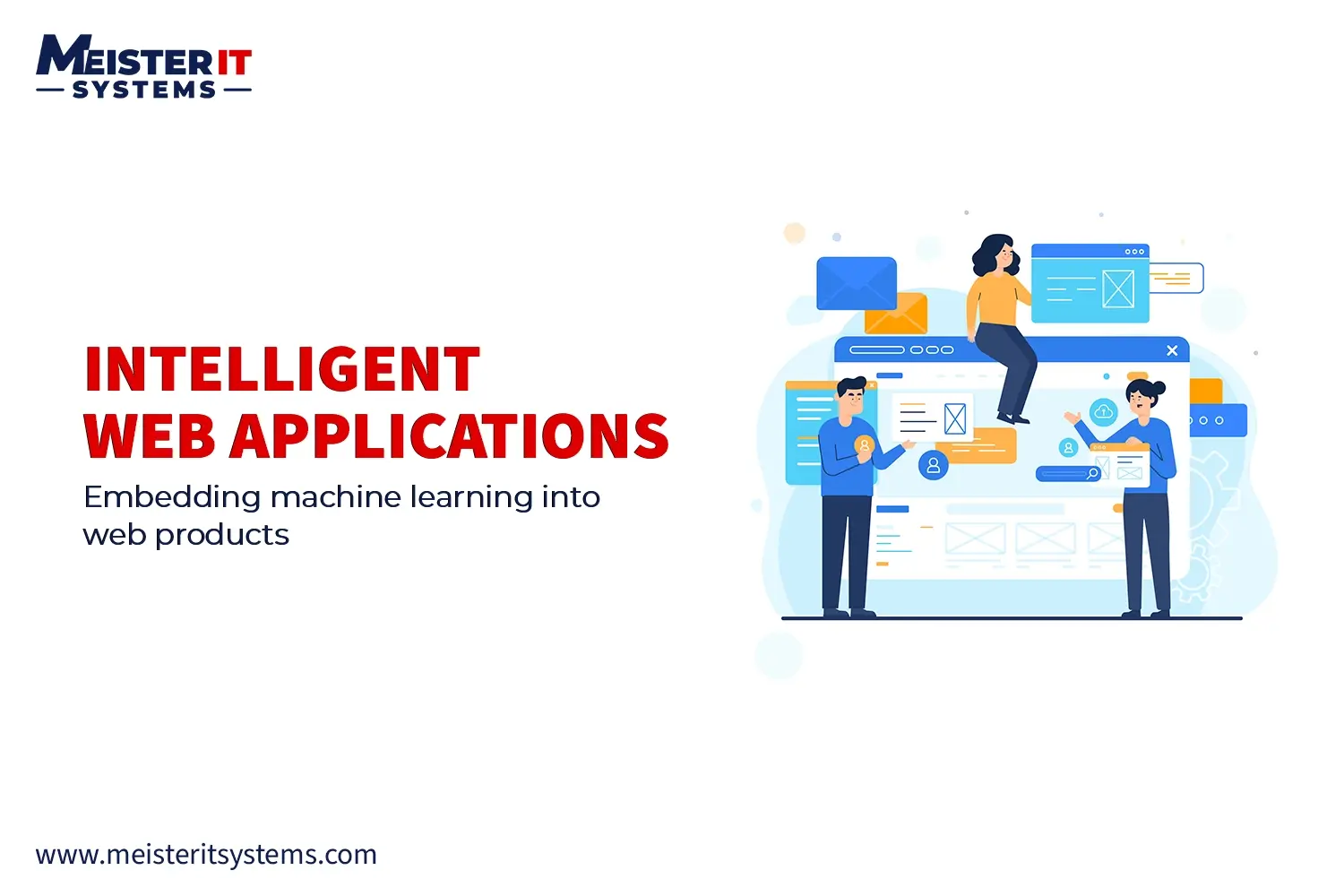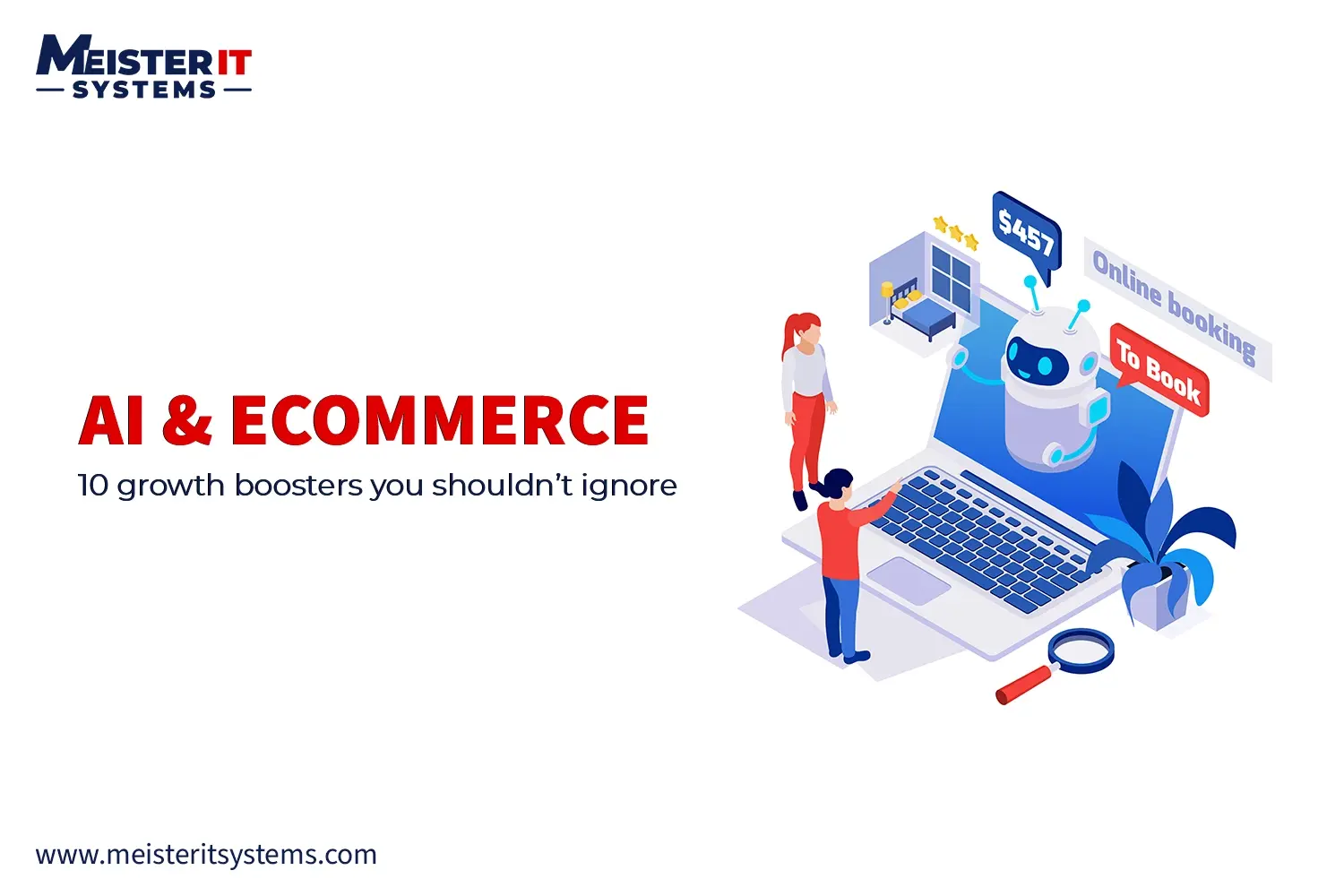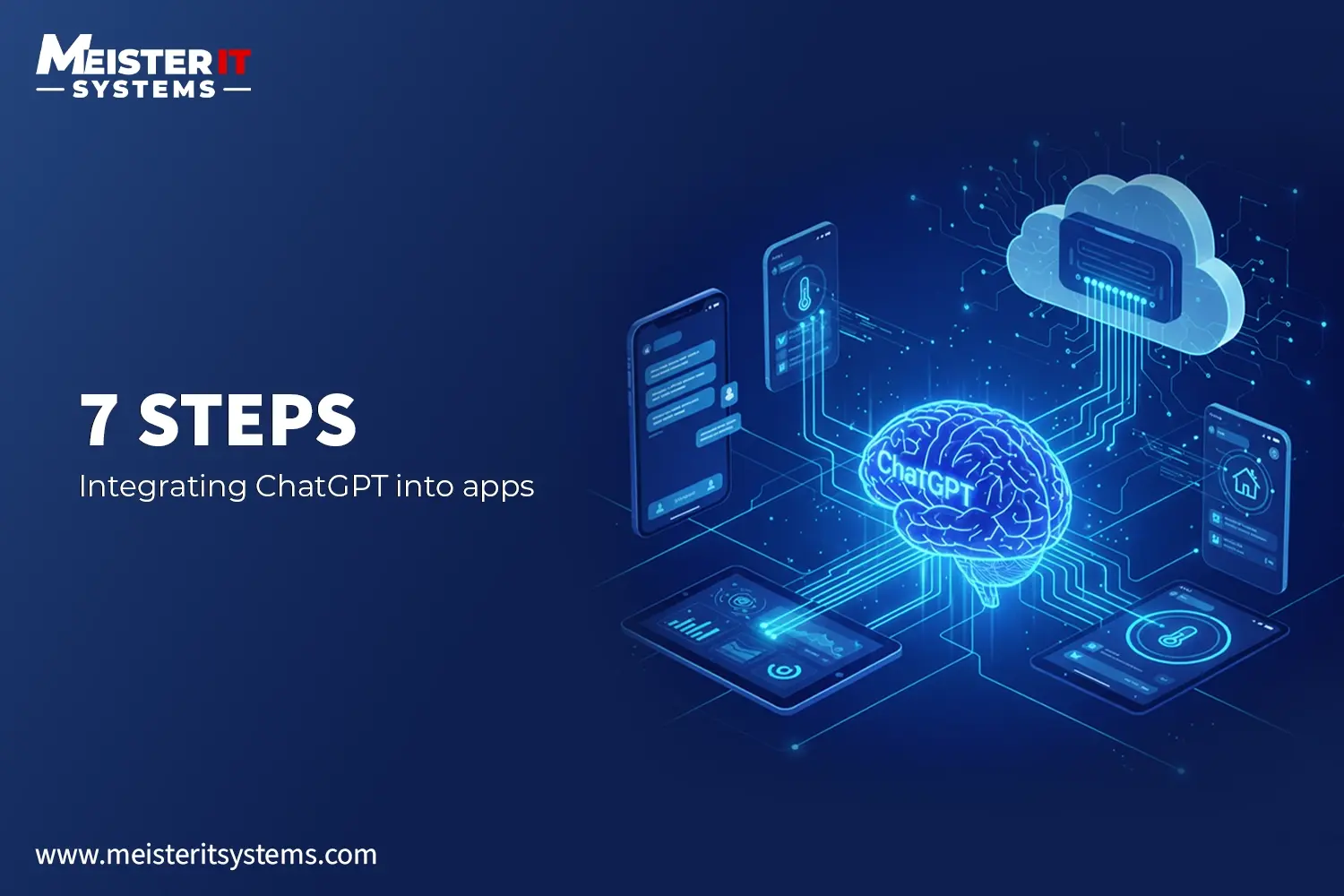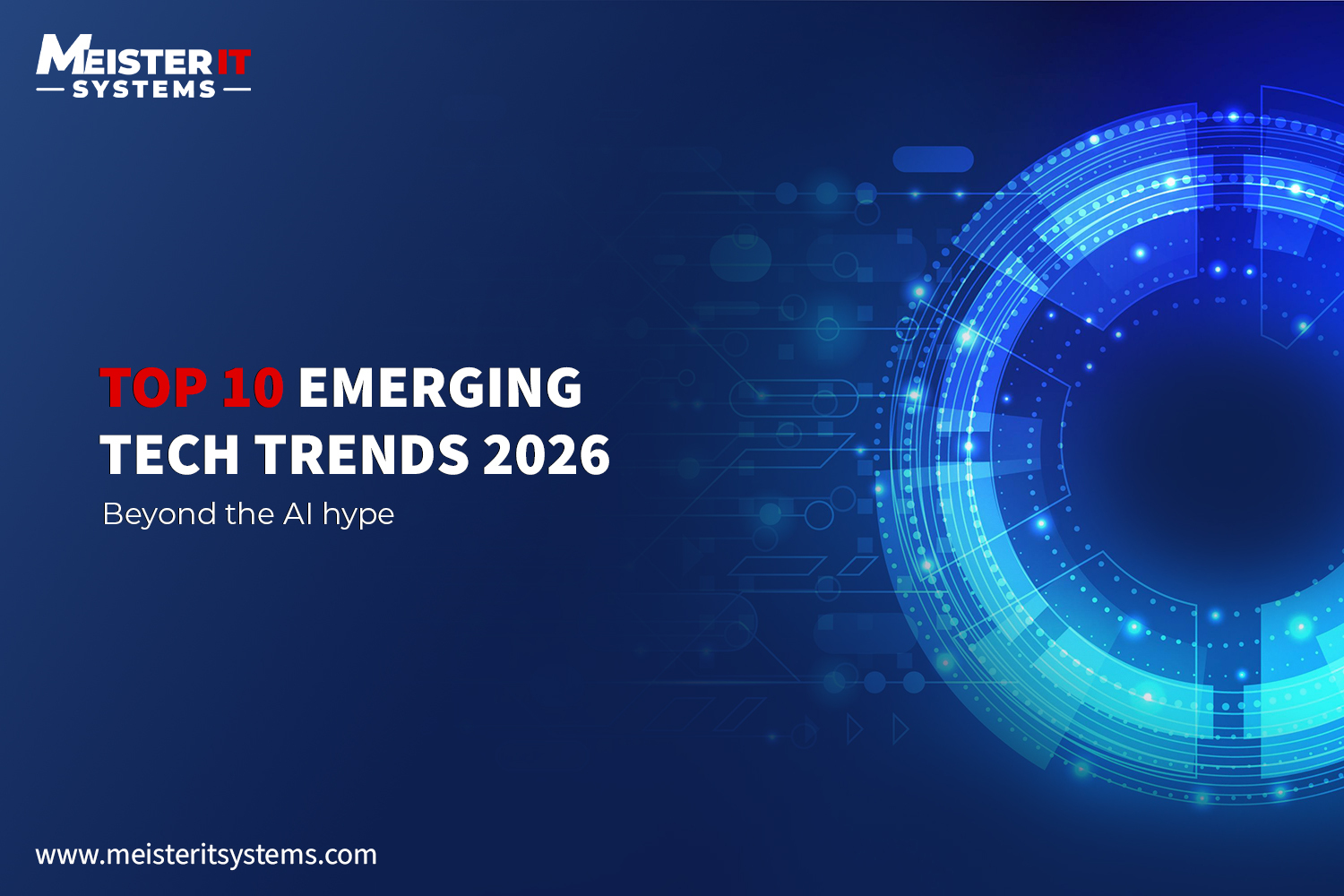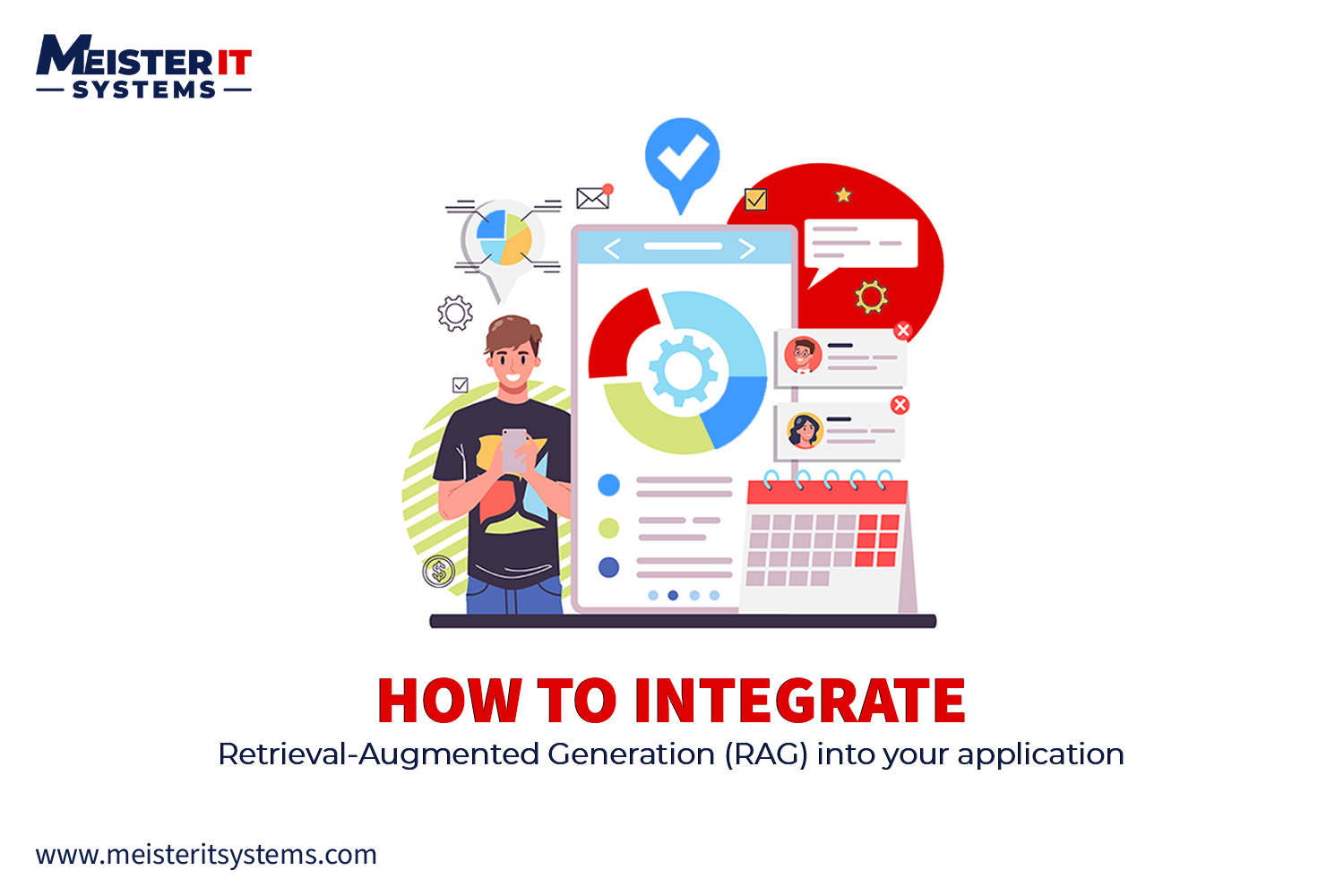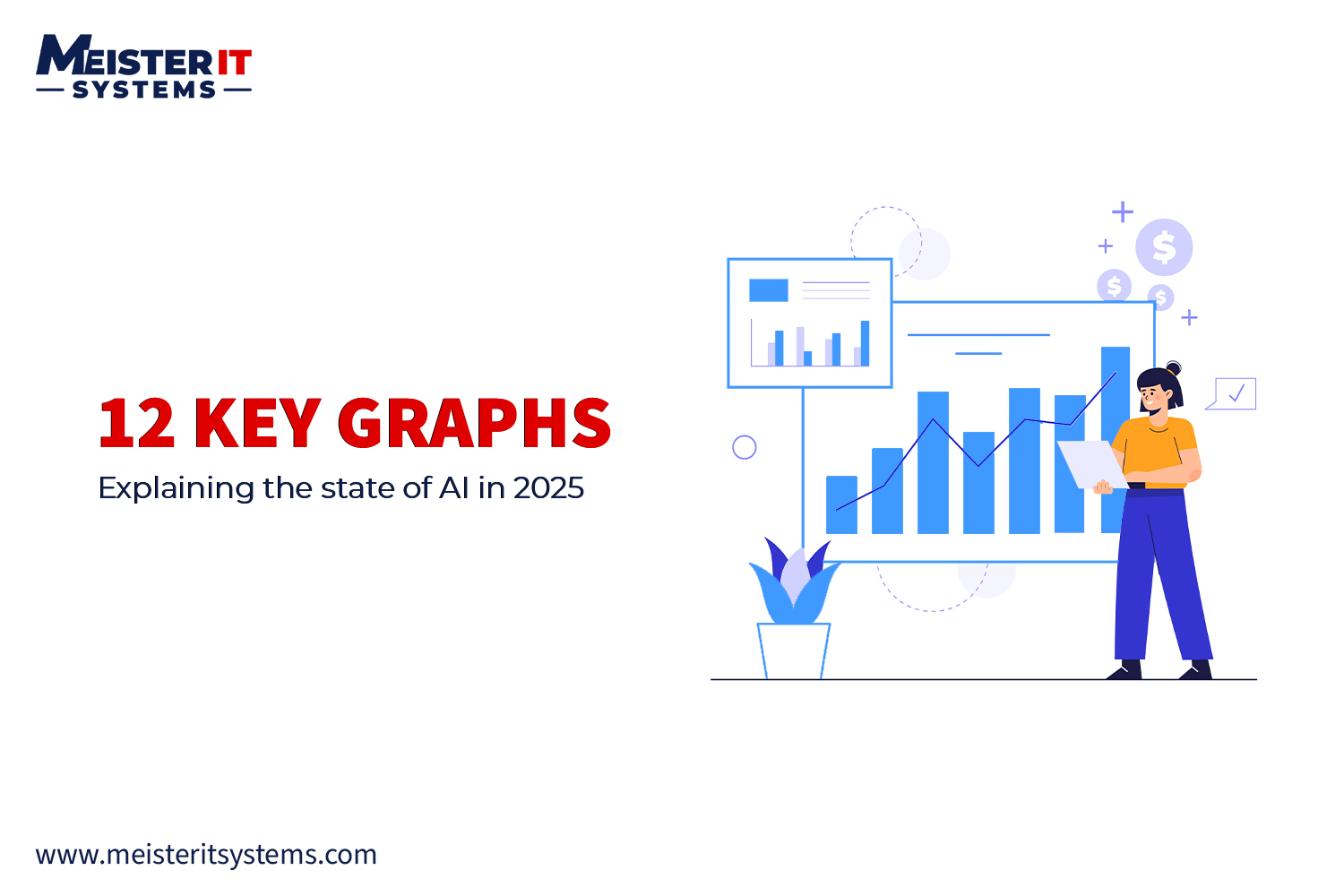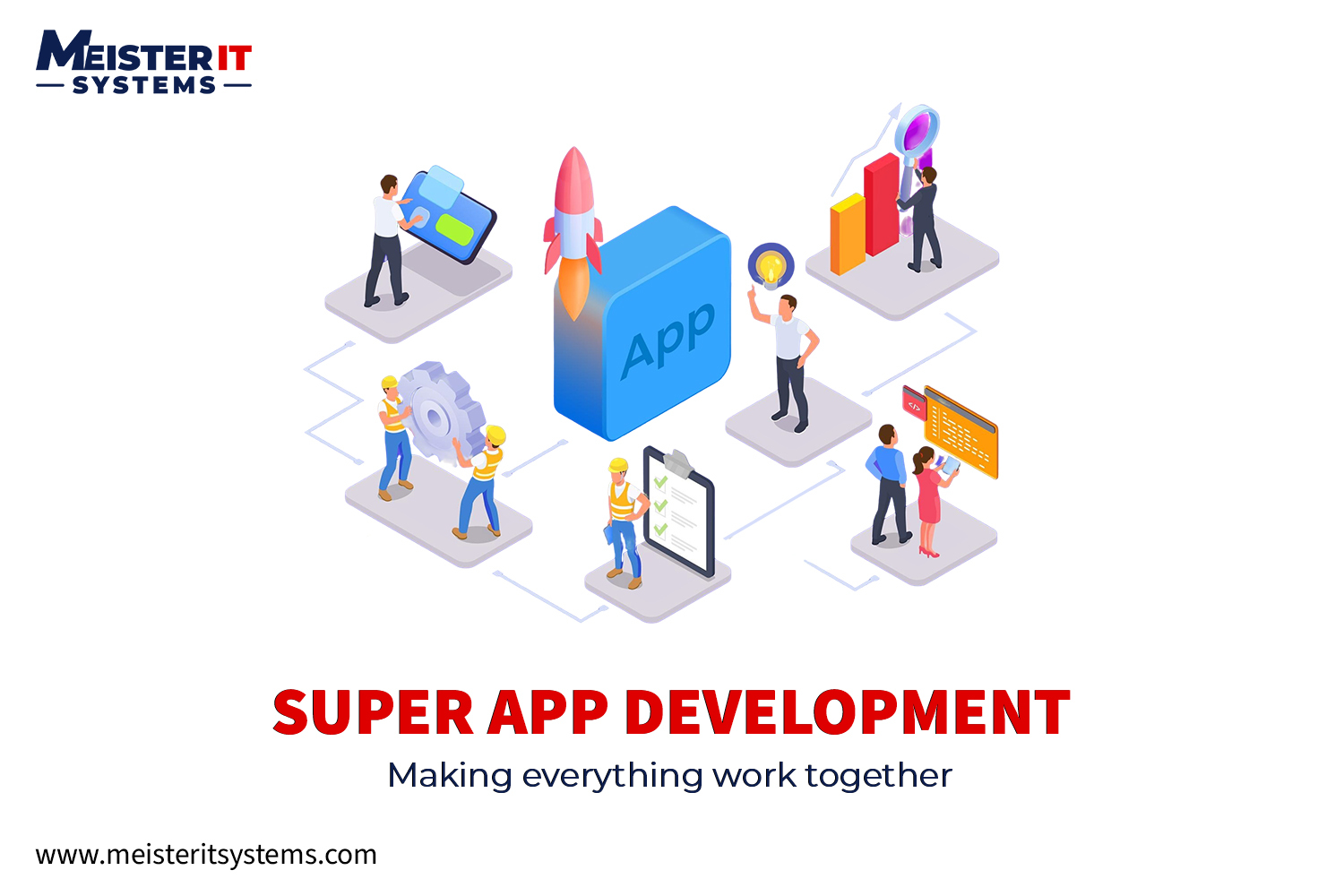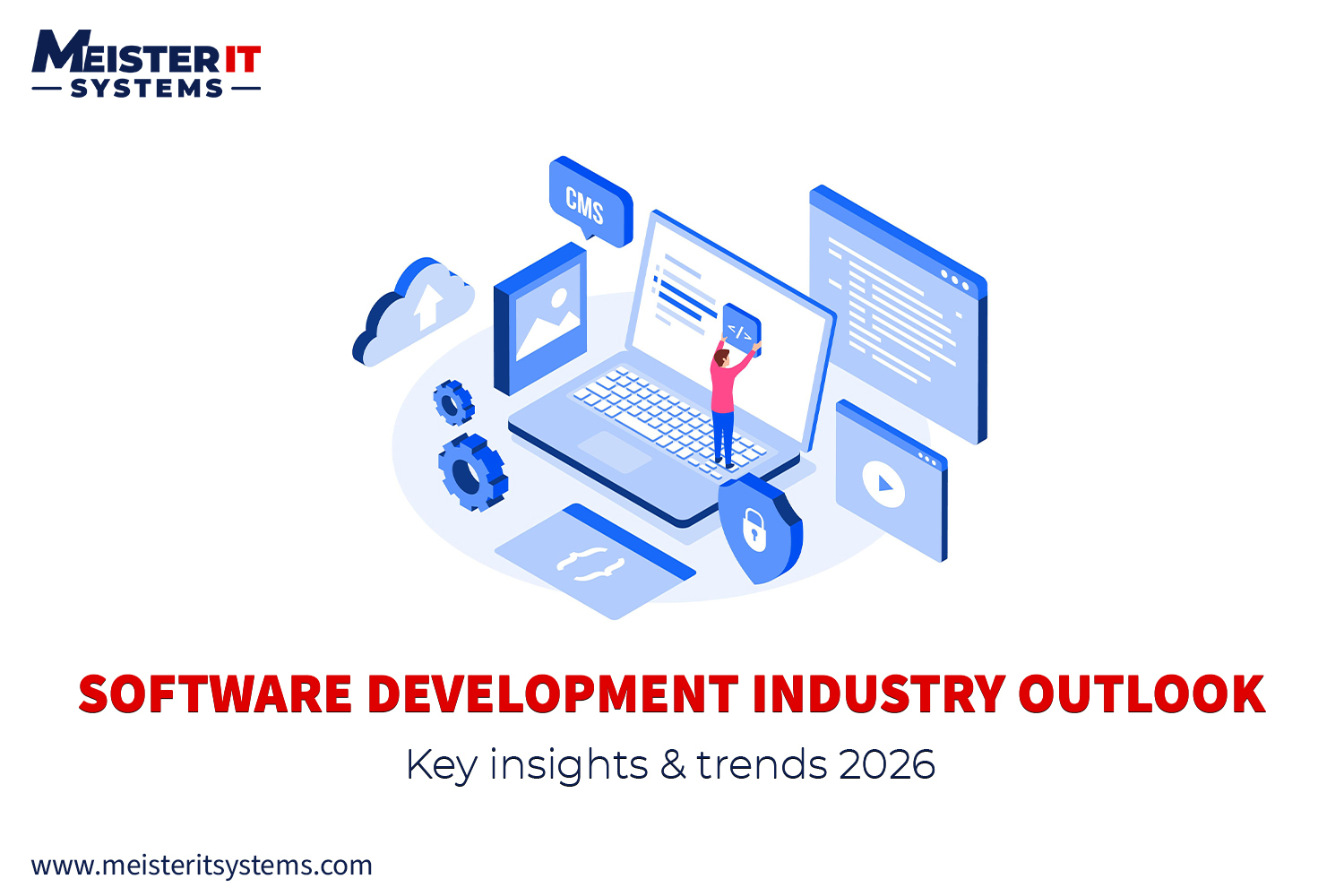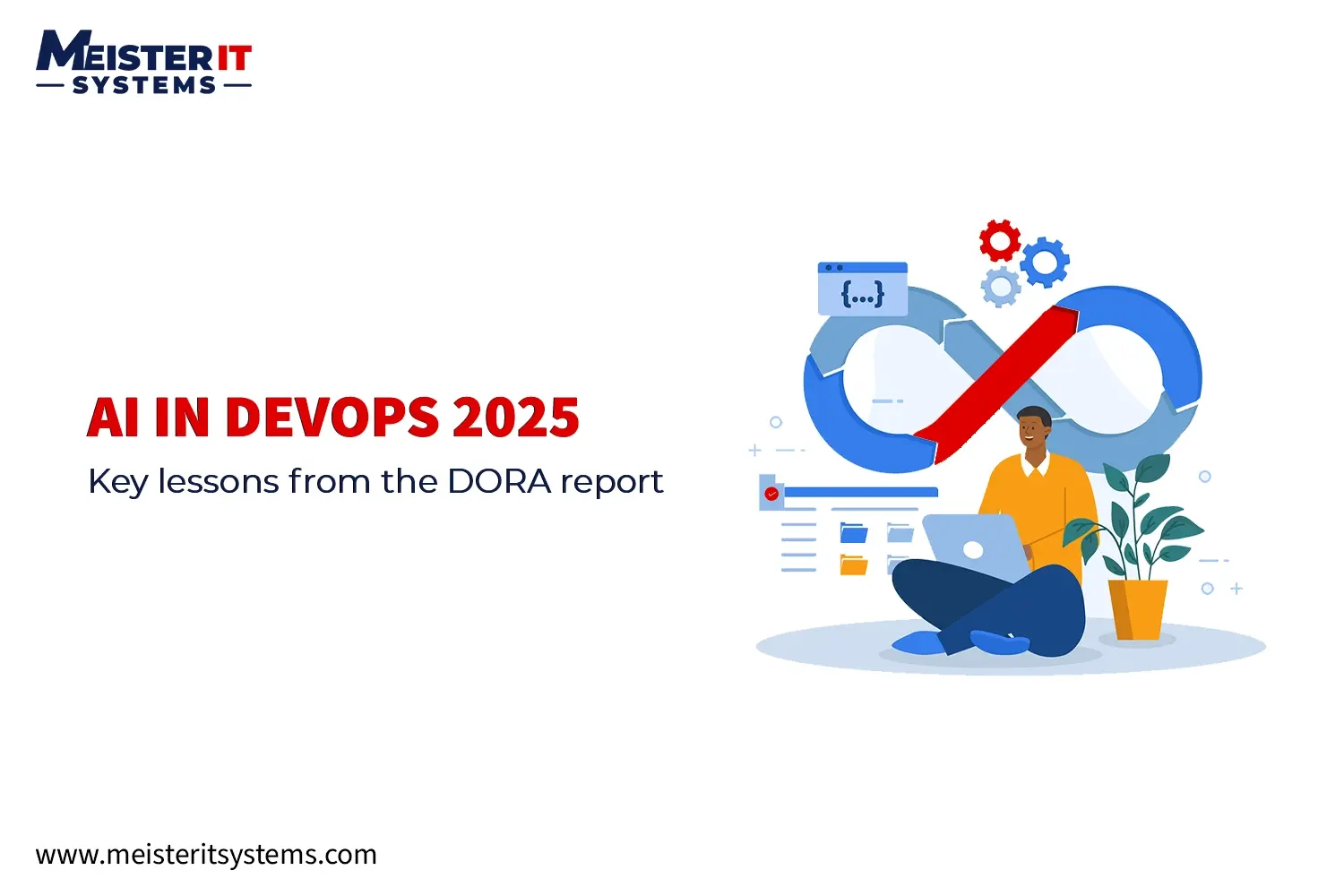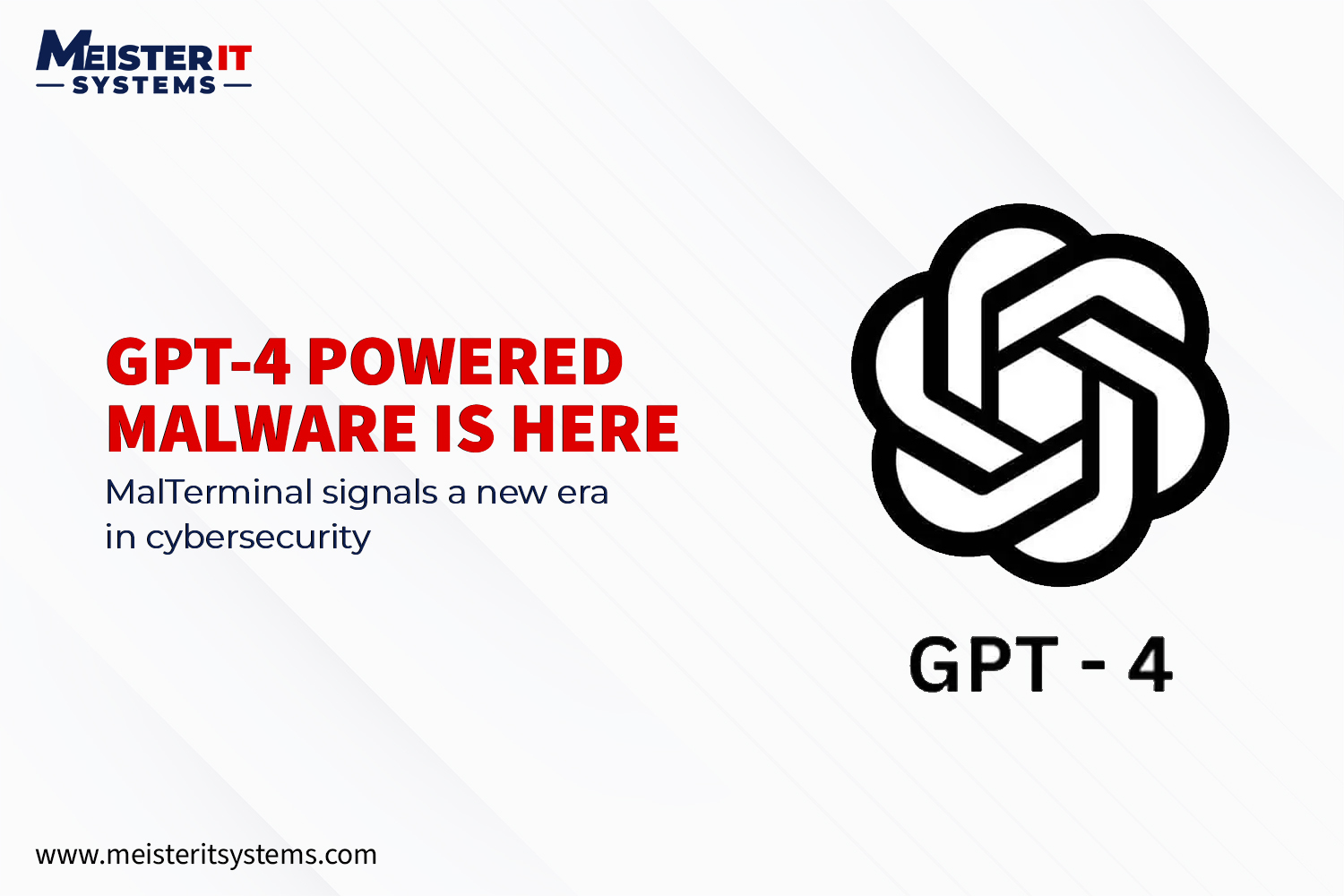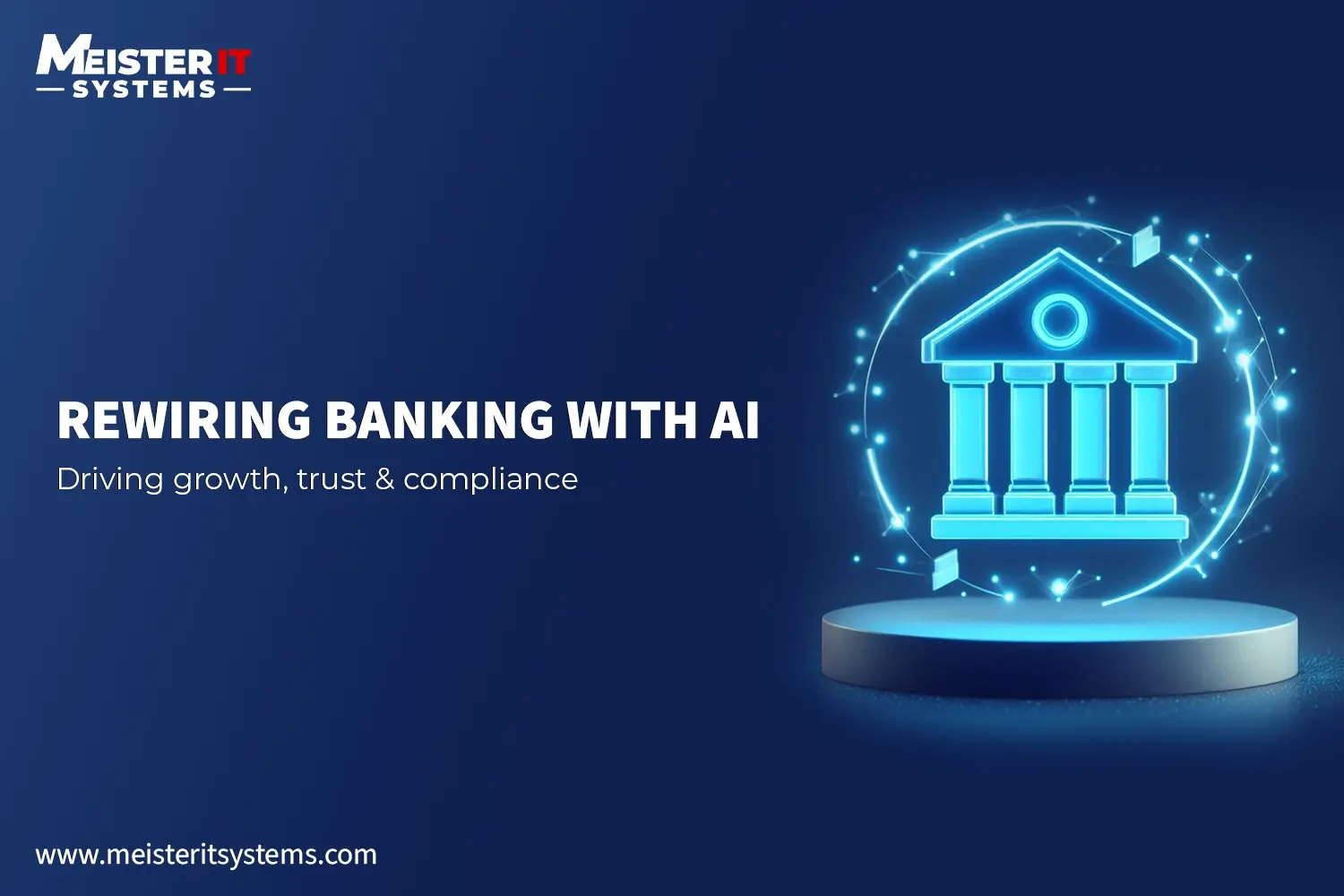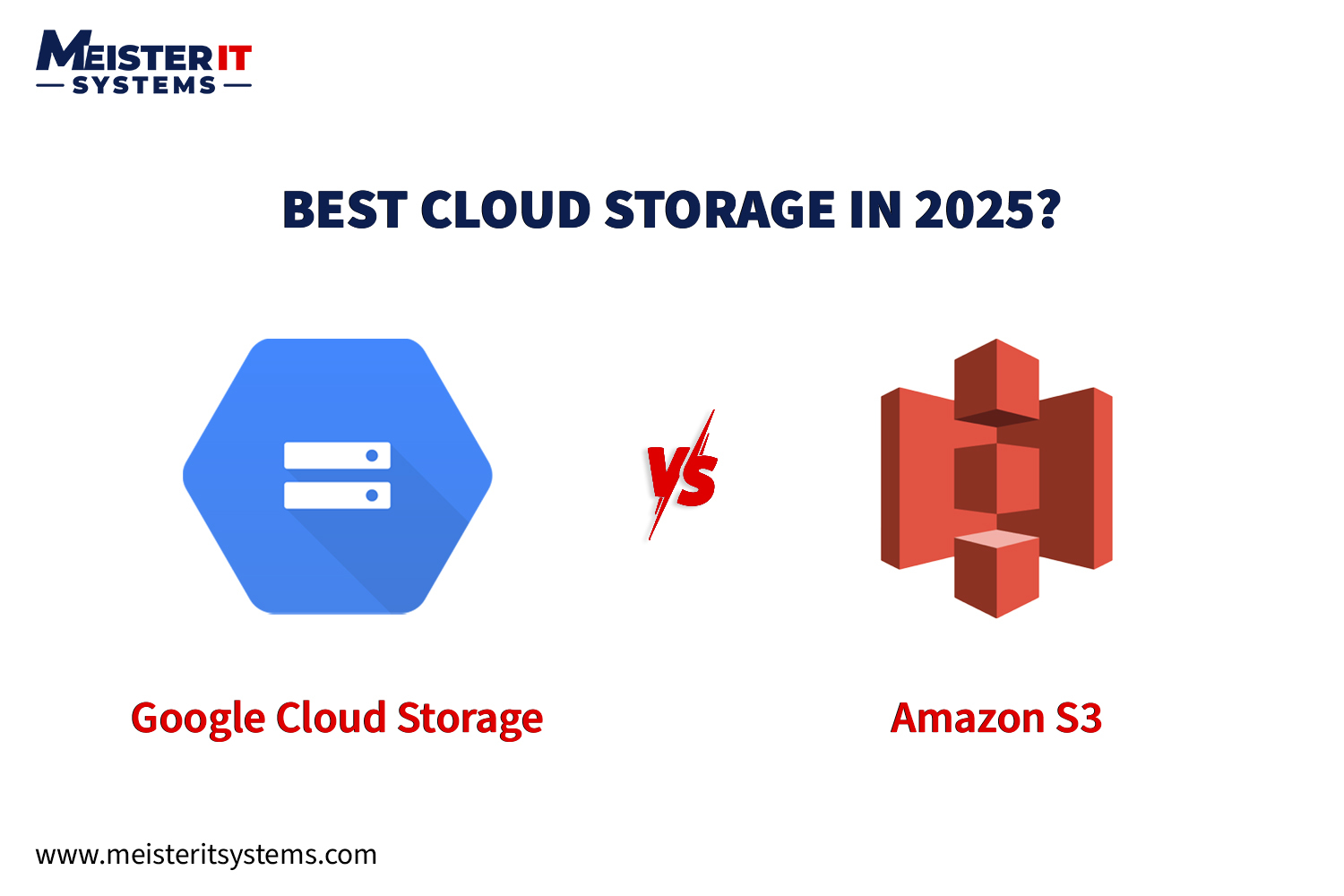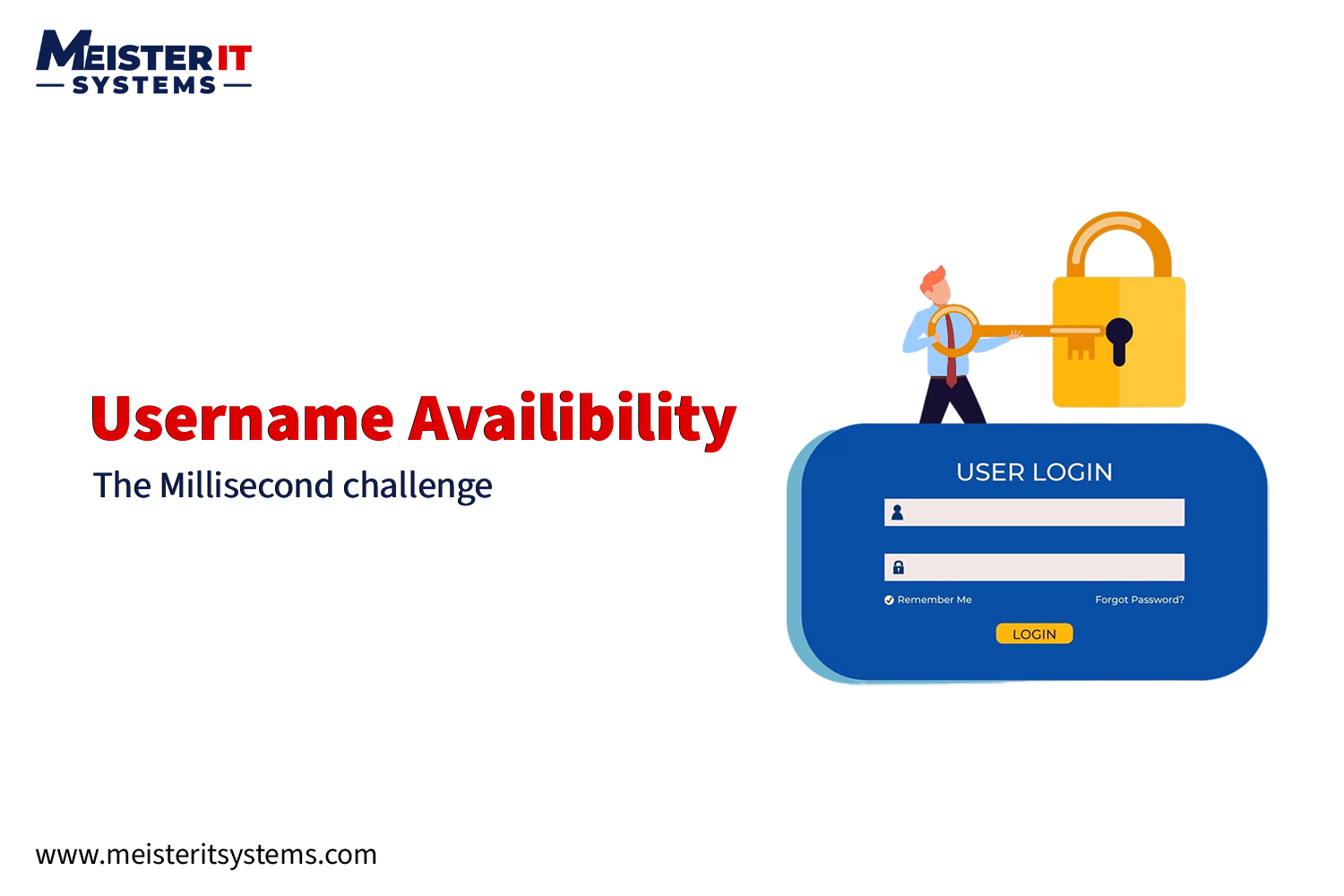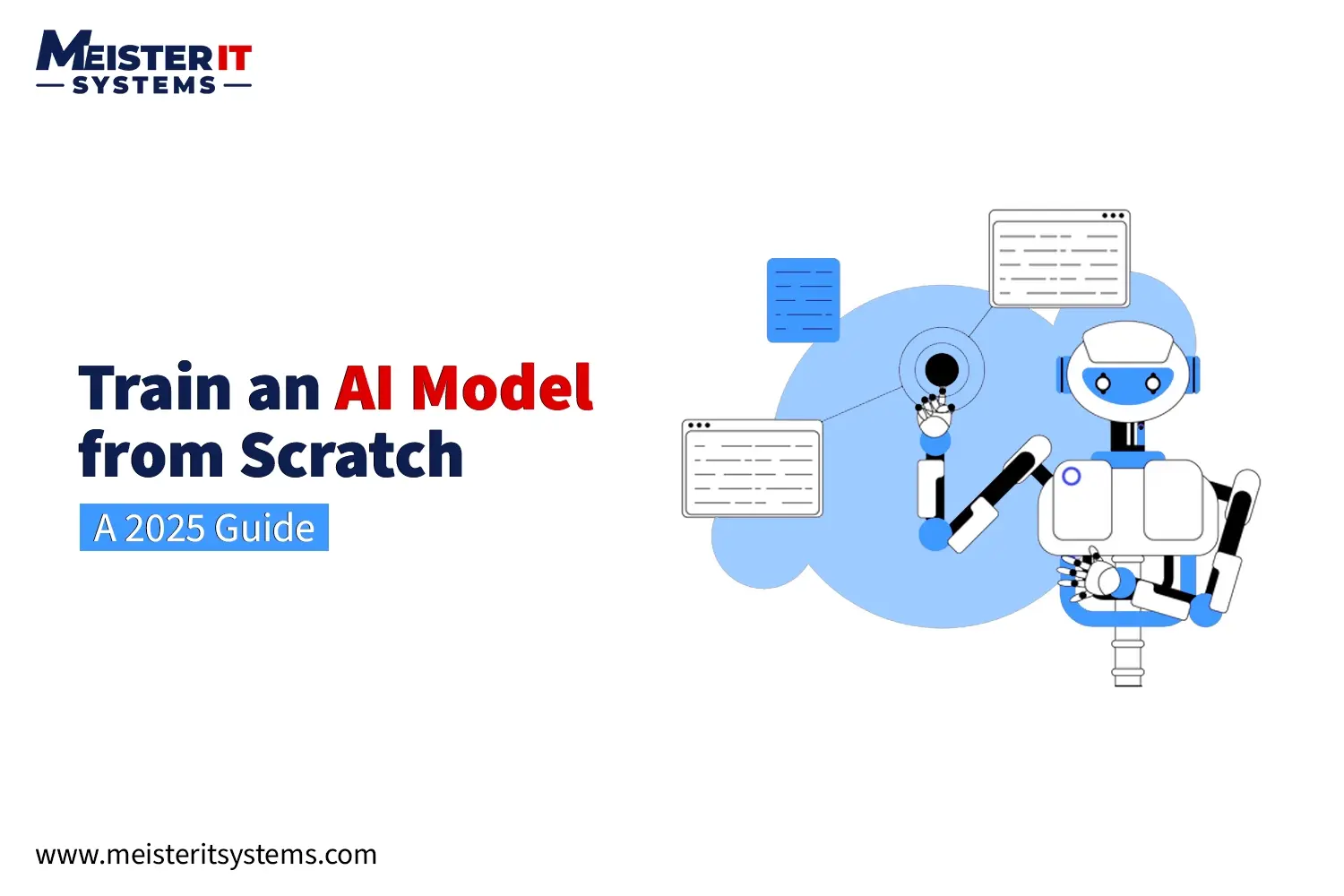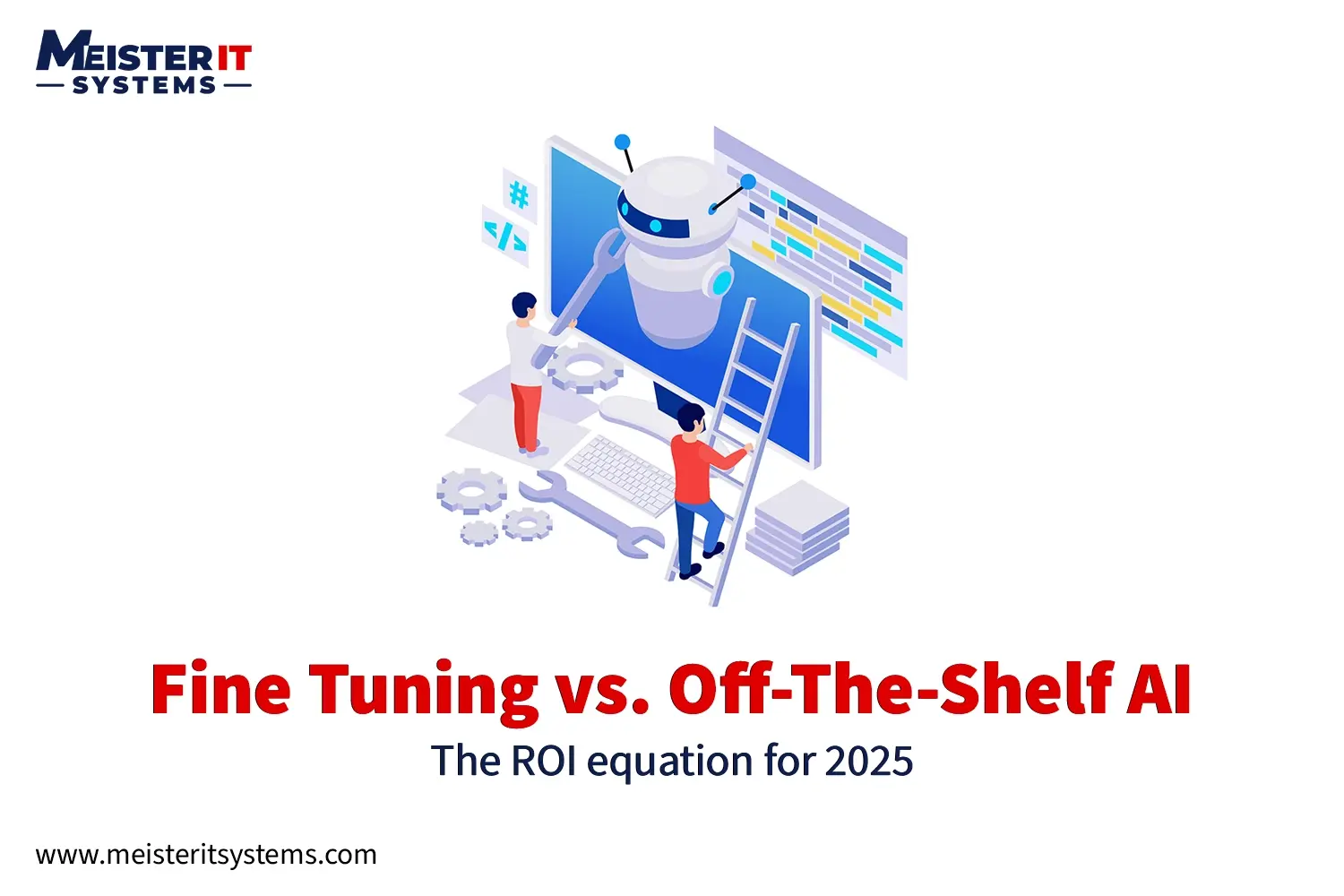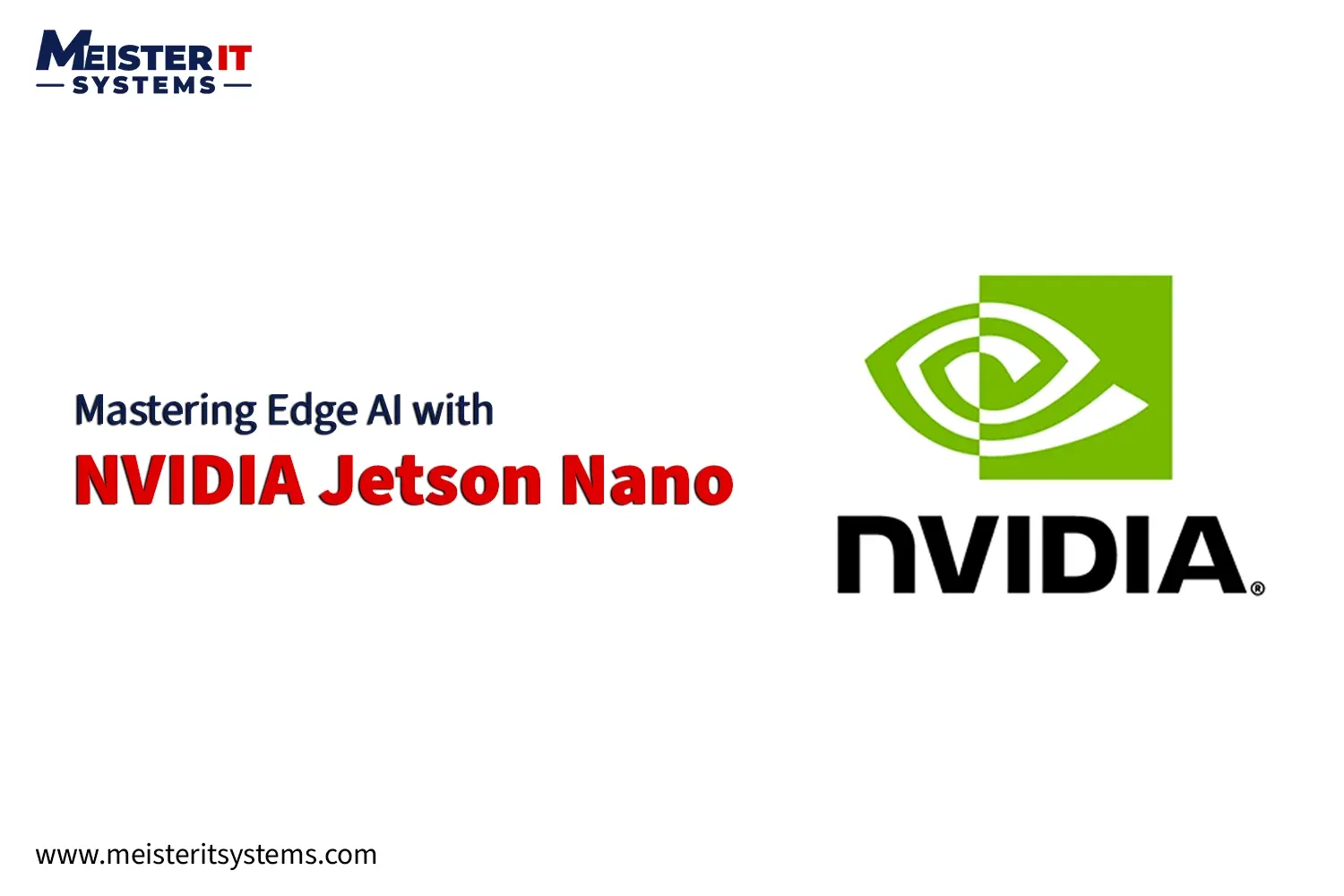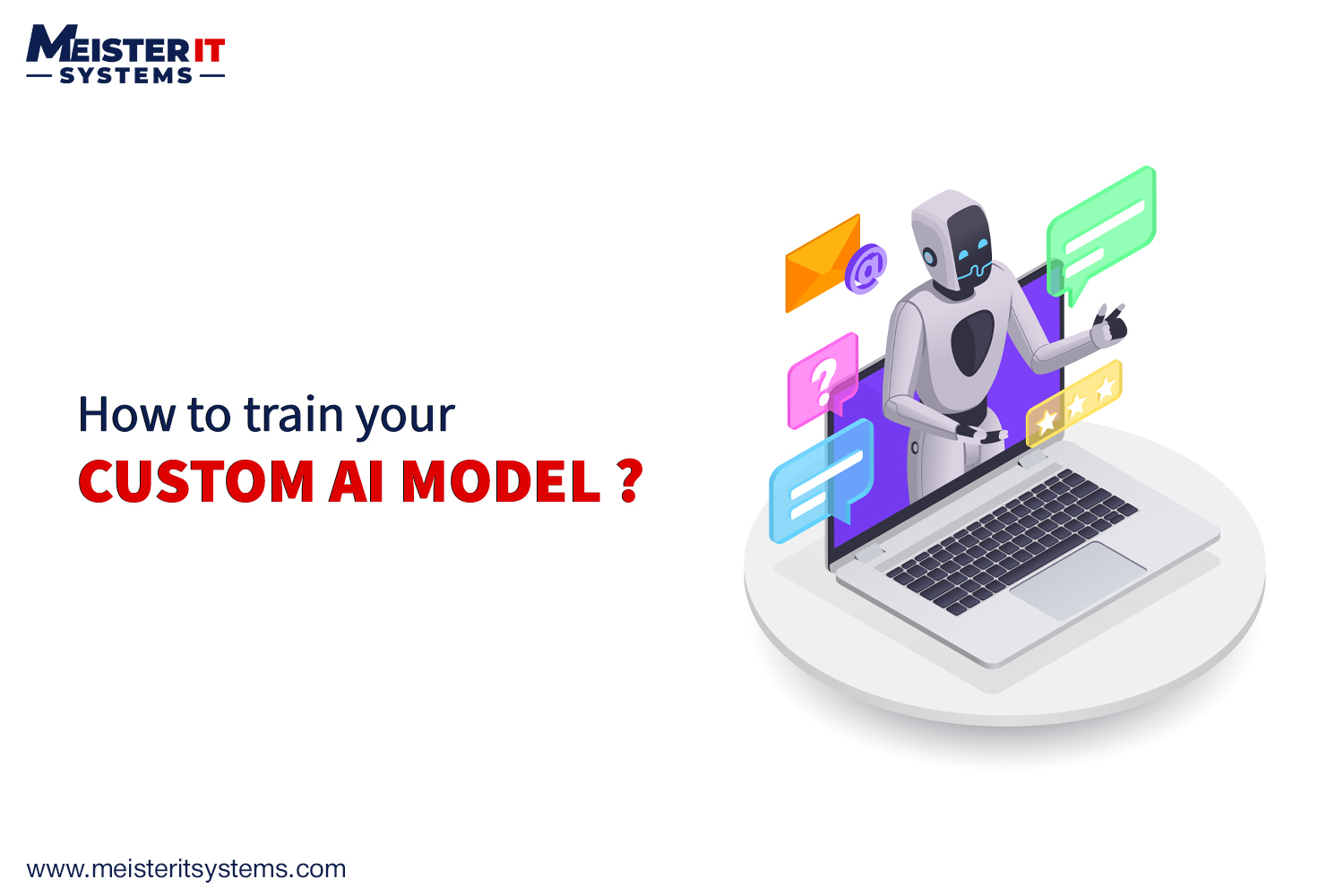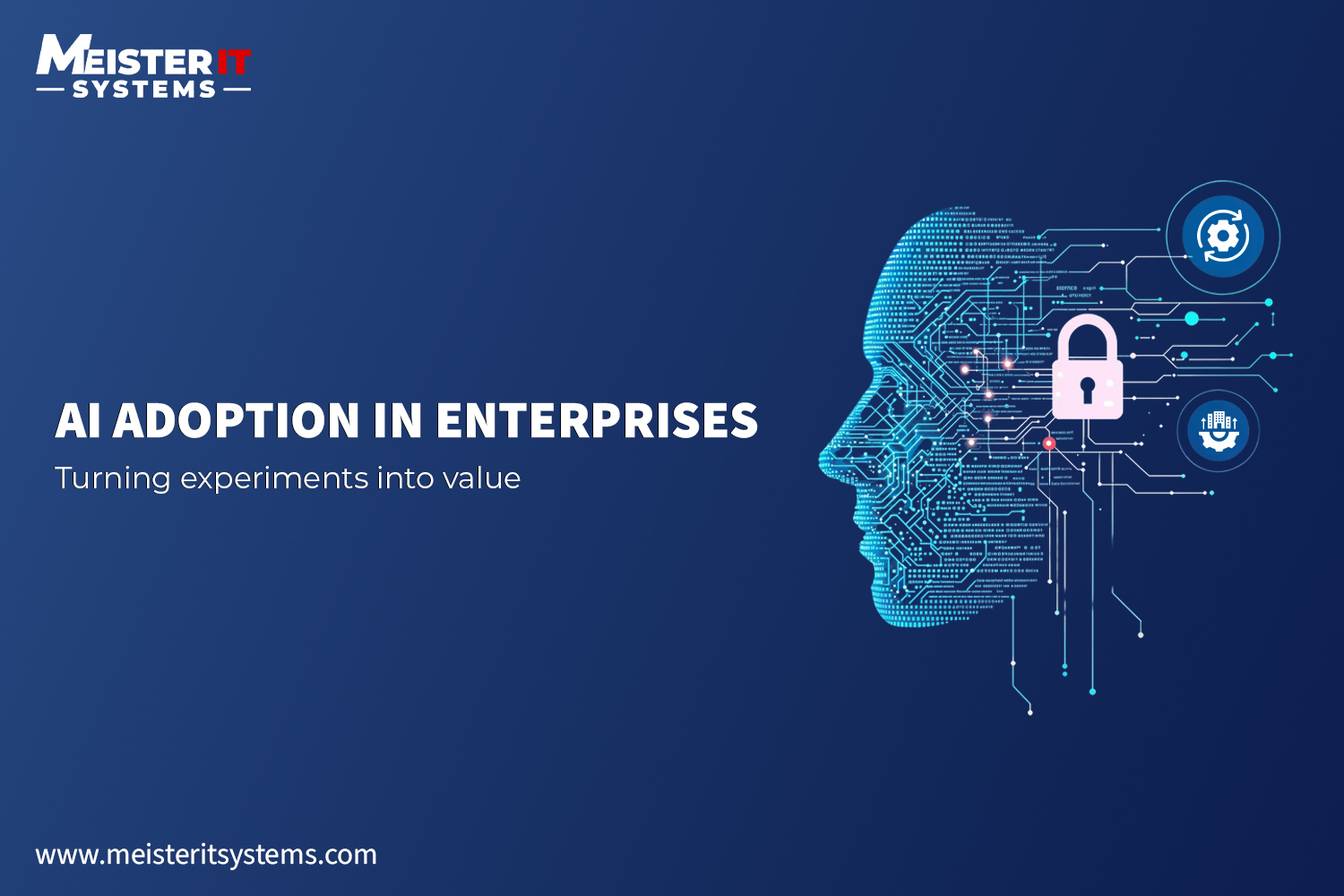
Did you know?
Over 88% of AI pilots never reach production, leaving businesses with wasted investment. The reason is not the technology. It is poor integration. AI insights remain isolated if not connected to ERP, CRM, and other core systems. The result? Potential ROI is lost.
This blog shows you a strategic roadmap to turn AI from a pilot project into a fully integrated, value-driving solution.
Why Systems Integration is Non-Negotiable for AI Adoption
Think of your company as a complex organism. ERP, CRM, and supply chain systems are its vital organs. Adding AI without integration is like trying to insert a new organ without connecting it to the nervous and circulatory systems. It will not function.
Common failures without integration include:
- Data Silos: AI models are ineffective without integrated access to clean, unified data, leading to manual, error-prone processes.
- Operational Disconnect: AI insights are useless if they don’t automatically integrate into business workflows, failing to trigger actions or provide value.
- Scalability Challenges: Without a unified architecture, scaling AI from a pilot to a multi-department solution is nearly impossible.
- Security and Governance: Unintegrated AI bypasses established IT security and compliance frameworks, introducing significant risks.
The benefits of AI adoption in digital transformation can only be unlocked when AI becomes a seamless, integrated part of your core business processes.
Step-by-Step Roadmap for AI Adoption
Here’s a clear roadmap for successful AI adoption:
Step 1: Define Business Objectives
Start by being crystal clear about why you are investing in AI and what success looks like.
- Clarify the problems AI will solve and how it aligns with the strategy
- Define KPIs and expected outcomes
- Ensure regulatory and compliance alignment from the start
- Confirm every AI initiative supports the enterprise strategy, not just innovation labs
Step 2: Assess Readiness and Environment
Before you dive into projects, take stock of where you stand today.
- Audit infrastructure, data pipelines, APIs, and team skills
- Check governance and security posture
- Ensure your ecosystem can realistically support AI before investing
Step 3: Build a Data Strategy and Foundation
Data is the backbone of every AI system, and poor data leads to poor outcomes.
- Map internal and external data sources
- Standardize pipelines with ETL/ELT tools and APIs
- Establish ownership, privacy, and access rules
- Comply with GDPR, CCPA, and AI Act requirements at the data level
Step 4: Select High-Value Use Cases and Models
Not every process needs AI, so focus where it truly matters.
- Rank opportunities by ROI, feasibility, and risk
- Choose between pre-trained, fine-tuned, or custom models
- Balance technical feasibility with business urgency
Step 5: Choose the Right Technology Stack
Your technology choices will shape agility and scalability in the long run.
- Frameworks: TensorFlow, PyTorch, Scikit-learn
- Platforms: AWS SageMaker, Azure AI, Google Vertex AI, Red Hat OpenShift AI
- Ensure the stack supports integration via APIs, middleware, and microservices
Step 6: Pilot and Proof of Concept
Start small, but make pilots meaningful enough to prove value.
- Build prototypes to validate feasibility and performance
- Test integration with legacy systems
- Measure results against baseline metrics
Step 7: Train and Deploy with MLOps
Deployment is where many AI projects stall, so bring in strong MLOps practices.
- Train or fine-tune models on curated datasets
- Use CI/CD pipelines for versioning and initial monitoring
- Containerize with Docker, Kubernetes, or OpenShift for scalable deployments
Step 8: Integrate into Enterprise Systems
AI delivers value only when it becomes part of day-to-day workflows.
- Connect AI outputs directly to ERP, CRM, and analytics dashboards
- Support real-time or batch processing as needed
- Expose models via APIs and microservices for easy adoption across teams
Step 9: Security, Compliance, and Responsible AI
As AI expands, so do risks, which makes security and ethics non-negotiable.
- Implement access controls, encryption, and continuous monitoring
- Comply with GDPR, CCPA, HIPAA, ISO 42001, and industry standards
- Establish ethics frameworks for fairness, accountability, and transparency
Step 10: Change Management and Continuous Lifecycle
AI adoption is as much about people as technology, and it’s never a one-time event.
- Train staff to use AI tools effectively and adapt to role changes
- Encourage collaboration between business, data, and IT teams
- Monitor models for drift and performance
- Retrain with updated data and scale across business units
Conclusion
Adopting AI successfully is about more than just algorithms. It means embedding intelligence into your business systems so that it delivers real, measurable results. By following this roadmap, you can move beyond pilot projects and build AI solutions that generate value across your organization.
Focusing on data quality, system integration, security, and user adoption lays a strong foundation for sustainable growth. MeisterIT Systems helps enterprises integrate AI seamlessly into operations while maximizing ROI.
Contact us to turn your AI pilots into fully operational and revenue-driving solutions.
FAQs: Your Questions Answered
Q1: What is systems integration in AI adoption?
A1: It ensures AI models connect seamlessly with enterprise systems like ERP, CRM, HR, and analytics platforms, making AI an operational capability rather than a siloed tool.
Q2: Why do enterprises struggle with AI adoption?
A2: Challenges include poor integration, data readiness gaps, weak governance, and unclear business alignment. Structured strategies solve these problems.
Q3: What is MLOps, and why is it critical?
A3: MLOps applies DevOps principles to AI workflows, ensuring models are versioned, monitored, retrained, and deployed consistently.
Q4: How do I prioritize AI use cases?
A4:Focus on processes with measurable ROI, rank by feasibility and risk, start small, and scale gradually.
Q5: How is AI integrated into enterprise workflows?
A5: Through APIs, middleware, or microservices, AI outputs feed directly into ERP, CRM, and analytics platforms for actionable insights.
Q6: What are the security and compliance considerations?
A6: Implement access controls, encryption, and monitoring, and comply with GDPR, CCPA, HIPAA, ISO 42001, and other relevant industry standards.
Q7: How can organizations ensure AI adoption success?
A7: Alignment of strategy, data readiness, integration, change management, and continuous monitoring is key.
Q8: How can MeisterIT Systems help?
A8: MeisterIT Systems provides AI integration, custom AI development, enterprise IT strategy, and governance/compliance support to operationalize AI.



